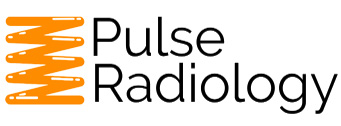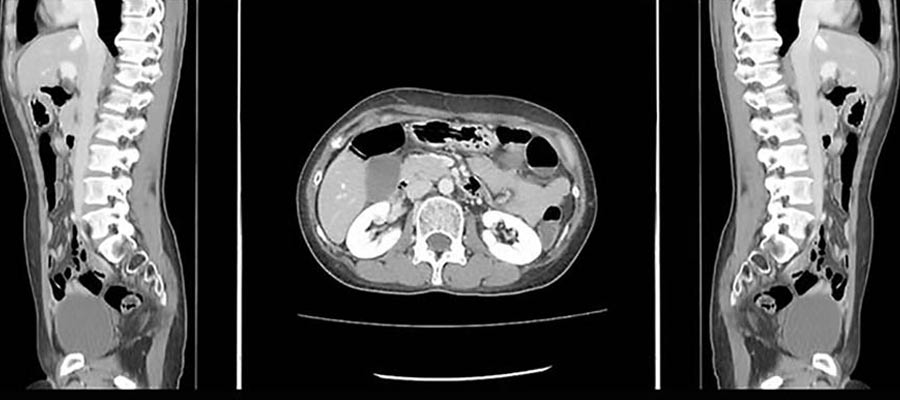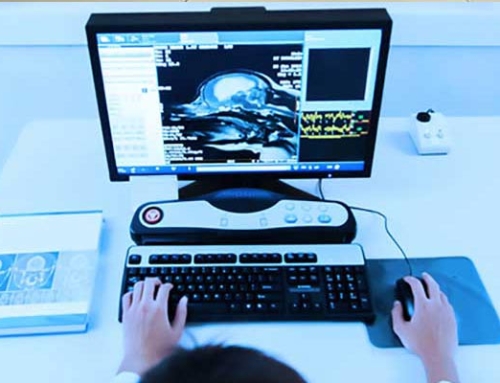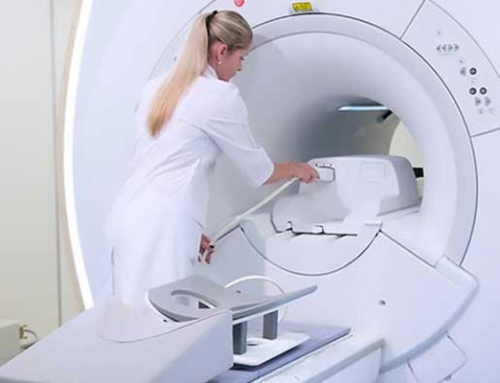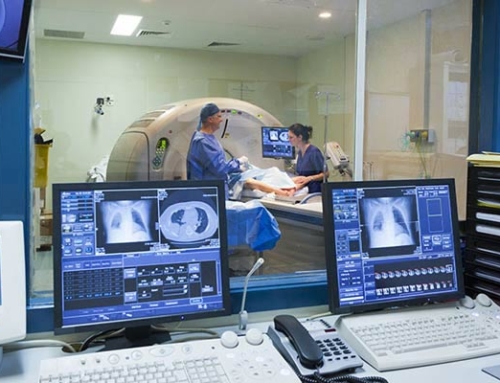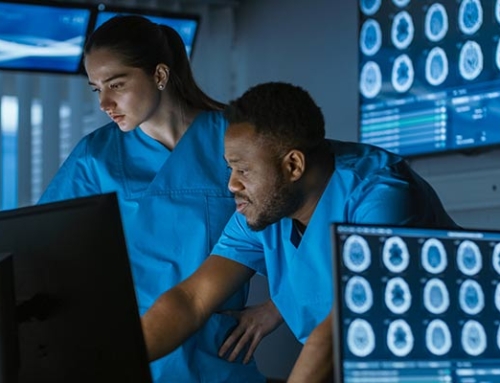MRI technologists use magnetic resonance imaging to capture 3-dimensional images of the body to determine pathology versus normal tissue. This branch of radiologic technology requires a specific skill set necessary for any tech who aspires to operate MRI equipment in any medical setting. As a part of any MRI training course for technologists, students will typically be expected to be well-versed in several related aspects of the body.
Understanding and mastering MRI procedures, terminology, anatomy, and pathology are often required daily tools for an MR technologist.
Topics You Will Likely See in an MRI Training Course for Technologists
Online MRI Certification programs are comprehensive programs designed to get you as proficient as possible with the ins and outs of the protocols and procedures that you will be using, as well as the other responsibilities that come with this opportunity, such as MRI safety.
What these topics are called may differ from program to program, but they should be included in all Structured Education programs that technologists use to be well prepared to successfully pass the ARRT MRI registry.
Thorough Understanding of MRI Safety
As MRI technologists, we are considered the “gatekeeper” for the safety of our patients. We are the vital component to safety in administering the diagnostic test for every patient. Having a thorough understanding of MR safety is important when screening patients for any contraindications or precautions about ferromagnetic materials or devices in the human body. Joining MRI safety groups and constantly being updated on new devices will provide a pivotal attribute in your career.
Pulse Sequences and Parameters
It is important to understand that not every patient is created equally. Yes – having a set protocol at your MR console is favorable to staying consistent, but each patient may differ. An important trait is understanding how pulse sequences and parameters affect image quality according to the diagnosis.
You will learn these basics in an MRI training course for technologists, but practical skills are developing during clinical training. This is why it is important to find a program that offers both quality education and diverse clinical training.
Pathology
We are considered the infantry line and the first set of eyes on the MRI exam. That is why having a general understanding of pathology and knowledge to detect abnormal tissue on MR images is an important trait for an MRI technologist. This is why topics in pathology are important during the training process and preparation for the MRI registry.
Anatomy and Physiology
Last but not least, anatomy and physiology is the staple of our work and should be treated as such. Compared to general radiographs, anatomical detail is seen much more in-depth, so understanding detailed anatomy, including bones, muscles, tendons, ligaments, nerves, and other soft tissue, will make scanning easier for any technologist.
Specifically, cross-sectional and overall anatomy classes are a part of these training courses, as it is important that technologists have a thorough understanding of the entire body and components they will be working with during their careers.
When an aspiring technologist enrolls in an MRI training course for technologists, it is important to understand that this is a multi-faceted education. The classes that will be required of them may differ across different programs, but the overall requirements will remain the same.
Links Related to MRI Registry Review
